Alright – so today we’ve got the honor of introducing you to Dorothea Osborn. We think you’ll enjoy our conversation, we’ve shared it below.
Dorothea , thanks for joining us, excited to have you contributing your stories and insights. Did you always know you wanted to pursue a creative or artistic career? When did you first know?
At first I did not know, though, according to my Mother and Father, they always knew I would be an artist due to a particular incident as a baby. They discovered that I had “painted” the walls adjacent to my crib when they came to get me up in the morning. When I was three, I loved the Mother Goose book with all the illustrations. I tried to copy one of the illustrations within the book pages. (I still have the book). In Kindergarten, I had spent my time “painting at the easel or with the dolls”, according to my kindergarten report card; third grade rolled around, and I recall being in the cafeteria and an art teacher approached me and said, “Wow, that is a nice drawing, tell me about it”. I recall it being a street scene of people doing …something. In middle school, the only thing I recall about doing art was an album design. In high school I started taking art classes as an elective (I was so bad at math!). It was then that Mrs. Benenati was so kind and helpful to me. I fell in love with art and considered going to college for art. My parents were aghast. I would be the first in my family to go to college (in addition to my cousin, now a pediatrician) It was in college that I knew, this is who I am and was to pursue this forever.
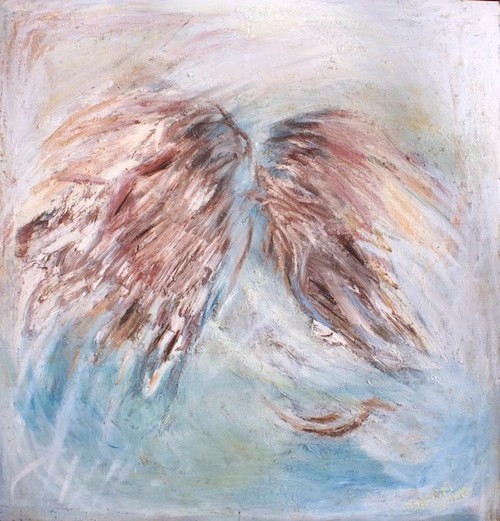
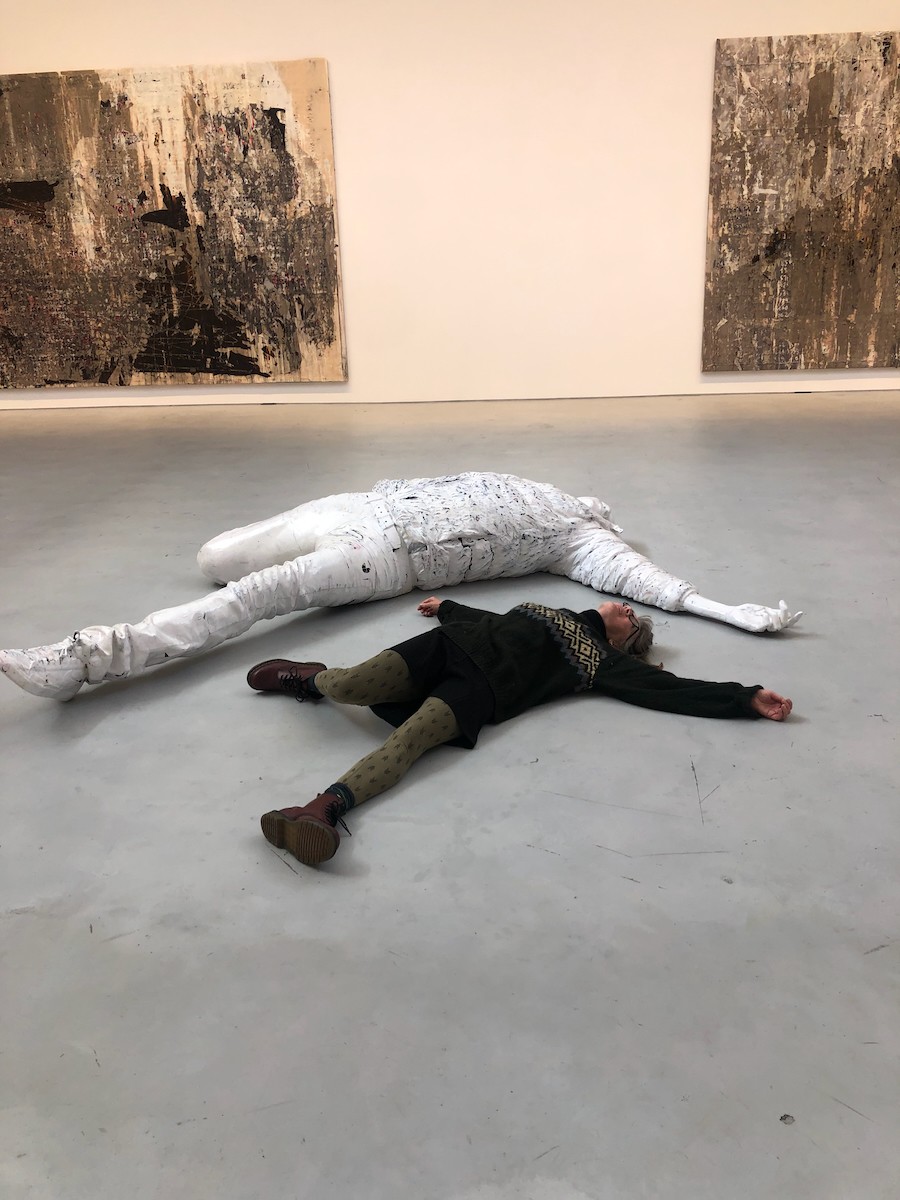
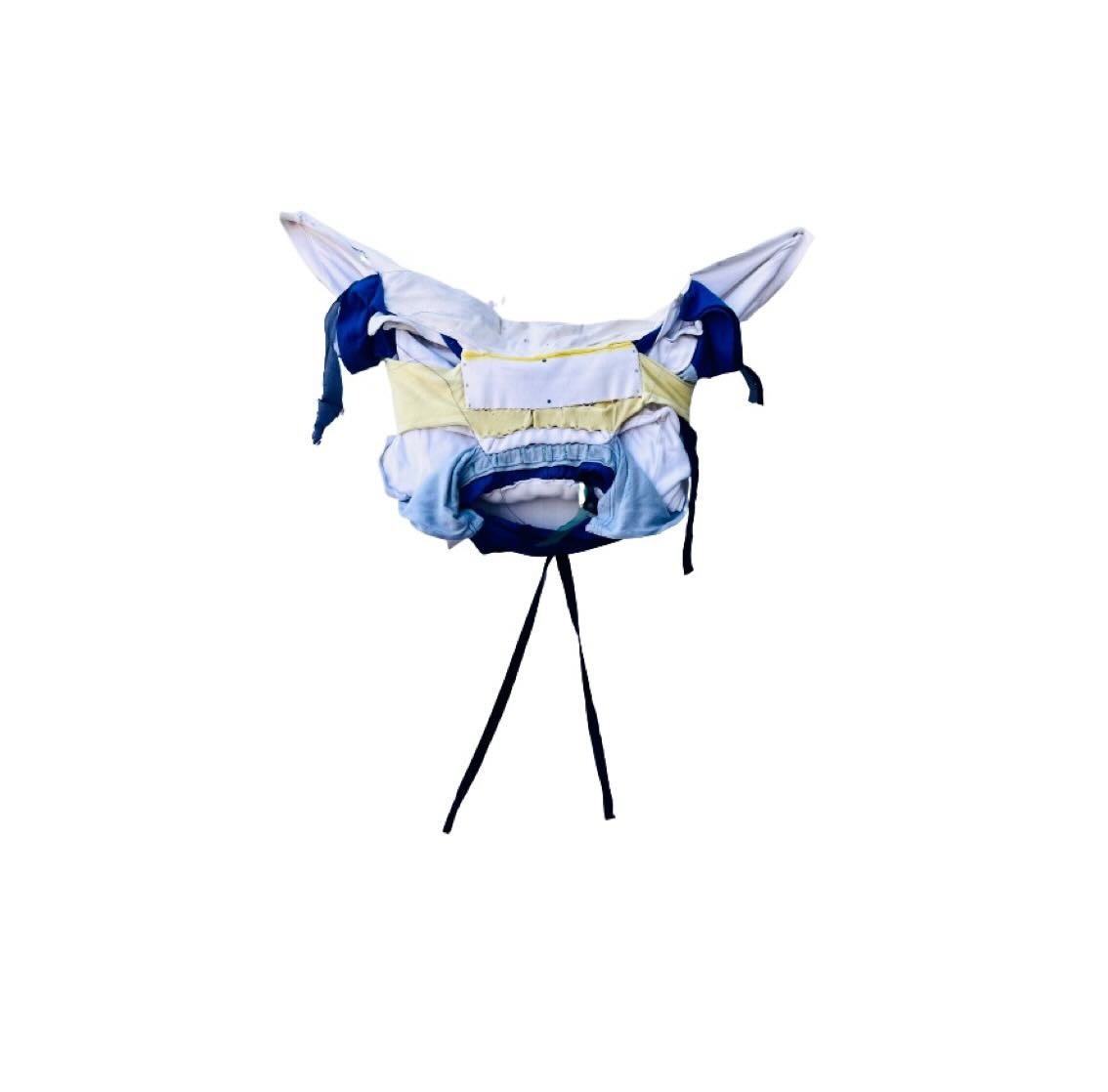
Awesome – so before we get into the rest of our questions, can you briefly introduce yourself to our readers.
I am from a large family of nine, the oldest of seven children, who lived in a very small rural town.
An educational trajectory: As a young college freshman, from a rural uneducated family, college opened my mind, eyes, intellect, perception…on everything. Consequently, I changed my major seven times in two years. From fine art to commercial art, to fine arts, to interior design, to fine arts etc. Always back to fine art. Dr Marty Geishen offered to give me a private course in oil painting during winter break, which solidified my choice) in focusing on fine arts in order to transfer to a four year school. I transferred and the college required many courses I wanted. As an ambitious and curious student, I took up to 21 credits a number of semesters. A friend and I took advantage of the study abroad semester, spent 6 months in England, visiting all and any museums we could, and traveled to other countries via hitchhiking or train. Upon returning, at the start of the senior year, I had double majored and squeezed in only the required courses needed for art and art education degree. I had idealized many of my professors and decided that is what I wanted to do. Teach college and be an artist.
Post undergraduate college graduation:
Being deep in-debt due to paying for college myself, I took my first job as a live-in group home manager. I had a small studio apartment attached to the home and had no rent or bills other than my own car, insurance, and food. This worked out great for me while I looked for a job teaching. An opportunity arose where I could teach in a public school. It was here I found I loved teaching, though REALLY wanted to teach college.
After a while of teaching in public schools, I was itching to go back to school for my masters (and it was required for my job). I traveled one and a half hours one way to take a class at SUNY New Paltz. They had just the program I wanted, to make a long story short, it was through one of my professors (who would become my mentor) suggestion that I apply for the MFA in painting. Due to the fact I was an hour and half away, I took some courses and traveled for four years. Before the last of my 21 credits, my mentor stated I should really be on campus (at least for one semester). I was granted a leave of absence and did just that. A life changing experience. Painting and drawing were my passions, though I used mixed media more than singularly using paint or typical dry drawing media.
Anyone you ask how easy it is to get a teaching position at the college level will tell you…it’s VERY competitive.
I remained teaching at the public school system until I could afford to leave. Having been newly married, and renovating a farmhouse and the out buildings, we needed the money, though we converted a barn into my studio… Dream came true. I painted and drew at any given moment I had, exhibited, and sold work. I was determined to make it work. I had applied, applied, applied for all and any teaching positions I could… without success of an interview. One Spring, my MFA mentor, asked if I would like to teach two summer courses. Of course, I accepted and drove the 1.5 hours each way to adjunct teach for two years.
When I finally left the public school system, I taught in many capacities as a freelance artist. I was recently awarded a teaching position at Siena College and absolutely love it! My dream! My own work has changed in the past couple of years to three dimensional paintings as I like to refer to my work. I use vintage clothing, fabric items from friends and family, as well as old paintings that I deconstruct, reconstruct and on. I recall working with one professor during my MFA who questioned why I was incorporating objects and materials other than paint. I was also questioned why I was making a three-dimensional painting by folding the mat board I was working on. This experience had a profound effect on me in that I stopped producing three dimensional paintings until recently.
I have been exhibiting my work since I was 19 years old. Recently work has expanded from local/national to international. Residencies I have attended have been VCCA (multiple times), Vermont Studio Center and Joshua Tree National Park to name a few. I have exhibited locally, nationally, and internationally. I was honored to be the recipient of a Puffin and Andy Warhol grant (participant) to produce work for Many Americans exhibit held in the Wilson Museum. Producing an installation of 6: 20’x10′ panels took a year and half. It was such an experience and a blessing! The installation is silk and mixed media panels hung with soft echoes of the past. Muted imagery is formed by each panel being further obscured as each panel is added in front of the previous one. Covered with history (other panels) where one could see the past through various negative shapes cut out of each previous panel made the viewer ponder, especially the spaces, the history of each panel, and transparency. This work was stimulated by my interest in history, family, and hegemony. Beginning with findings in the research, this installation led viewers to the context, which described to a point, how my Dad’s family goes back to the second John Winthrop Ship in the 1600’s. Each panel represents three figures; Two men flanking a woman for each of the centuries, The figures dissipate into muted colored shapes as you look though the panels. The figures are based on the typical clothing of that time period that represented the economic, social class of my dad’s ancestors. I believe viewers are asked to use their primary level of perception and secondarily use the context to further explain the installation.
I am living the life of an artist, that is a dream come true. My current studio is in my home on the second floor, which also includes an outside entrance with a small deck. Many hours are spent there from the sunny Spring days to the warm glow of Fall. This is where I can be in the sun, working, watching over the rabbits do their binkies and run around (yes, I have 2 pet rabbits, in addition to 3 mammals,
1 reptile.), and watch/listen to the creek down here on the yellow brick road…(my road is known as yellow brick road (though asphalted over) in “Trollsville”. My entire house is becoming my studio.
My studio practice is diverse. I work with mixed media in a range of scales from miniature insects to room size installations. I am working on three-dimensional and relief pieces with oils, repurposed items, constructing, deconstructing, and repeat. Consistently, pushing the boundaries of my query, I’ll find a solution to piece, just as I thought it was over/done/overworked.
Throughout the work my intents are history, time, hegemony, potentiality, ecofeminism, and dichotomies. Sustainability, history, and repurposing are at the helm of material choices for the work. At time’s paradoxes occur, with the use of various materials. In my studio you will find unusual materials for substrates, forms and collage. I use, as previously stated, mixed media with repurposed fabric, found items, and oil paintings. This is a challenge due to fact that fabric, paper etc. needs to be treated prior to implementing them with oils. You will find things such as exoskeletons, Antique books, old clothing, socks, zip-ties, rubber bands, thread, yarn, fabric, oils, tools, hardware and more. I have a goal of using up what I have, until it’s gone. These items incorporated within the work, have histories. Unknown, perhaps, though demonstrates time.
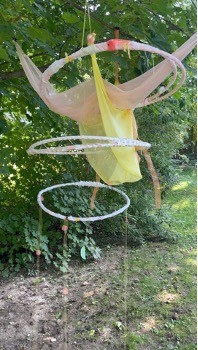
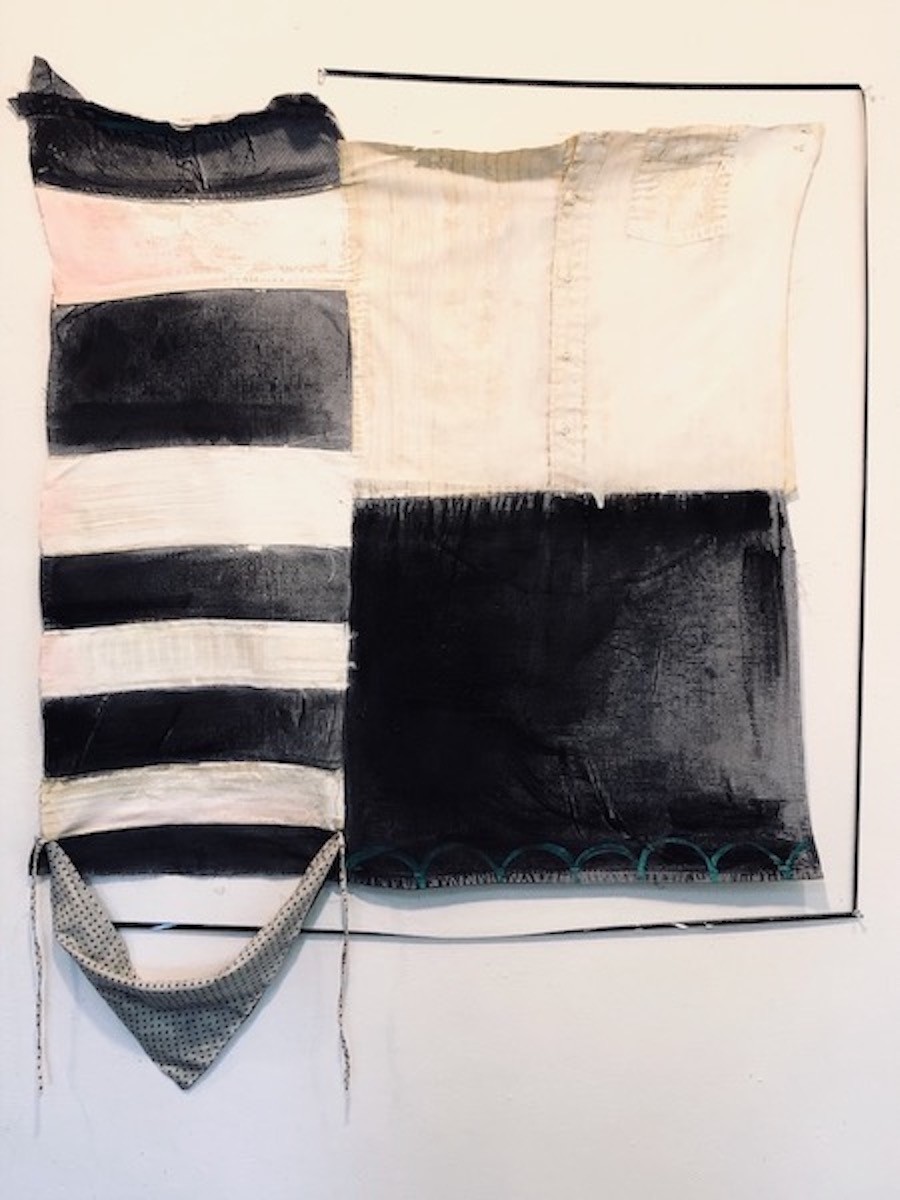
We’d love to hear a story of resilience from your journey.
Resilience defined from the American Psychological Association is: the process and outcome of successfully adapting to difficult or challenging life experiences, especially through mental, emotional, and behavioral flexibility and adjustment to external and internal demands.
As I pursued my MFA , I knew I would have to drive 3 hours per session going to class(es). That would be 3 hours per day of travel I would be losing. Relying on resiliency, I made effective use of my time while driving by listening to new music, news, and generating ideas. This helped the driving time go a bit faster. The one and half hour drive home was more interesting because of the opportunity to consider class content, critiques and put things in perspective to move my work forward. If resilience is successfully adapting, this is one example of adapting physically and mentally. When you are passionate about something, (my internal demand was to learn, produce work and complete an MFA program), the reliance became a positive and creative problem-solving process.

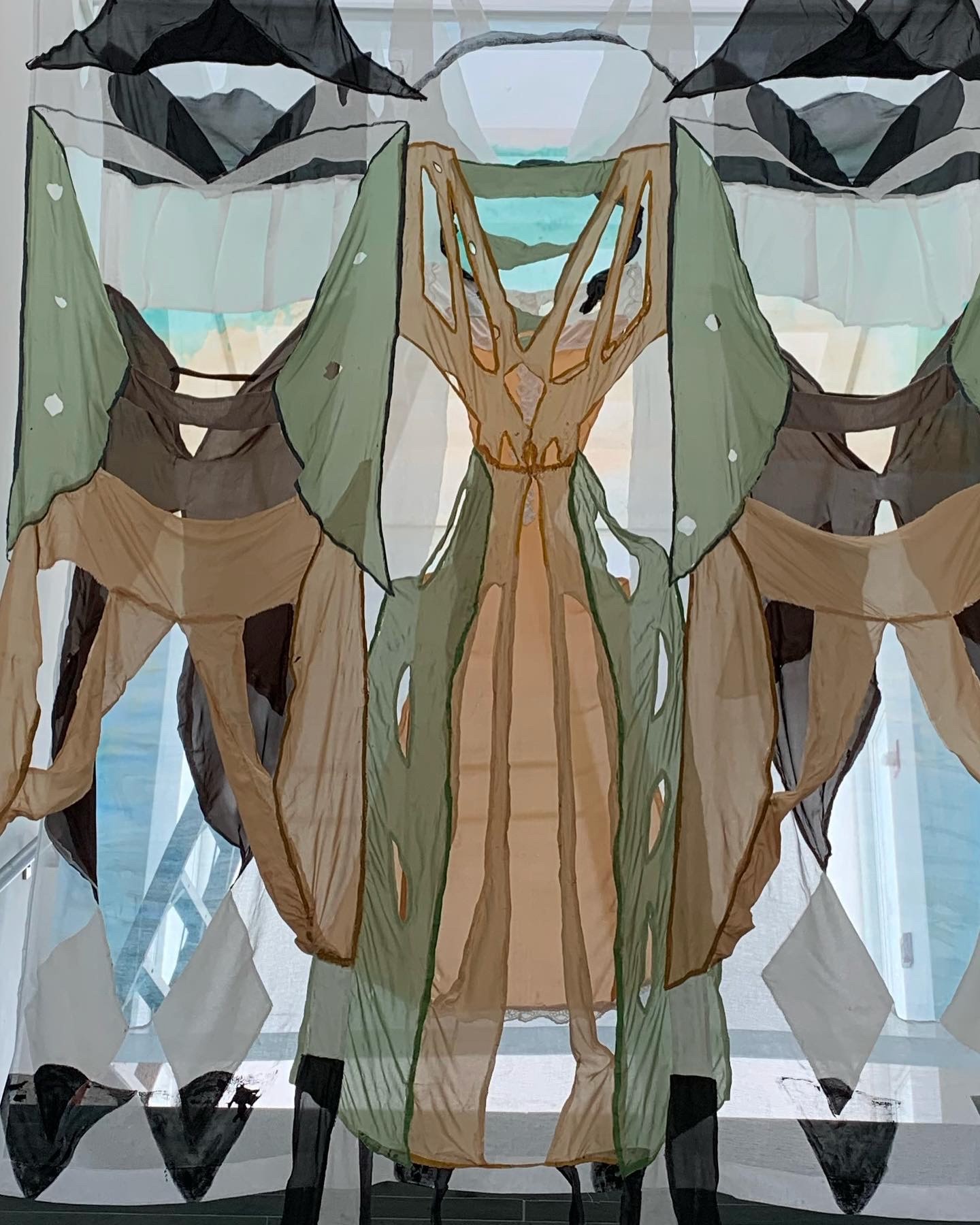
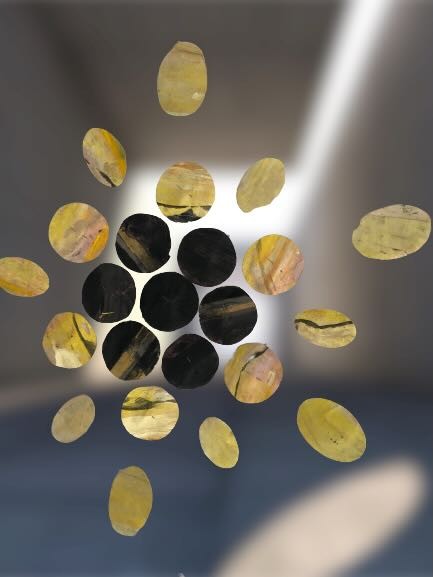
What’s a lesson you had to unlearn and what’s the backstory?
Unlearn. To me, unlearning is just to change perspectives and behaviors. Can you really unlearn something? Once you have learned it you have it, though it can be forgotten, altered, and avoided using. I had learned to listen to my teachers as they “know best”. I had to unlearn what was asked of me regarding three dimensional paintings.
The backstory is: as a graduate student, we were asked to bring a painting for a critique that we were working on to the next class. I had produced a 3/D folded (into thirds) mat board substrate for a painting that I had been considering producing with more permanent materials. I was chastised for the three-dimensional form for a substrate and asked why I produced that since this was a graduate painting class. From that point forward, I painted and drew flat with minimal sculpture or sculptural work. I had to unlearn that other’s opinions construct my artistic options. Opinions from others should be listened to, considered, though authenticity from the artist must be paramount. I had to unlearn that paintings have to be flat. Paintings have the capability to present themselves in a variety of forms and on various substrates. I also had to unlearn avoiding asking questions to superiors and to unlearn other expectations are the norm.
Contact Info:
- Website: https://www.dorotheaosborn.com
- Instagram: dorotheaosborn_artist
- Facebook: https://www.facebook.com/dorotheaosborn
- Linkedin: www.linkedin.com/in/dorothea-osborn-604623113
Image Credits
Credits: artist photos


